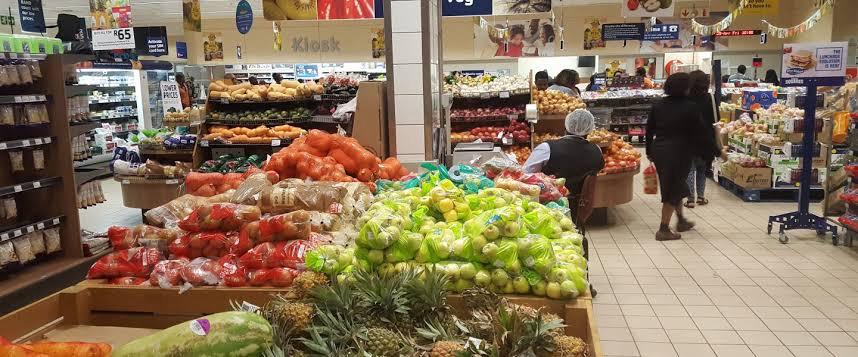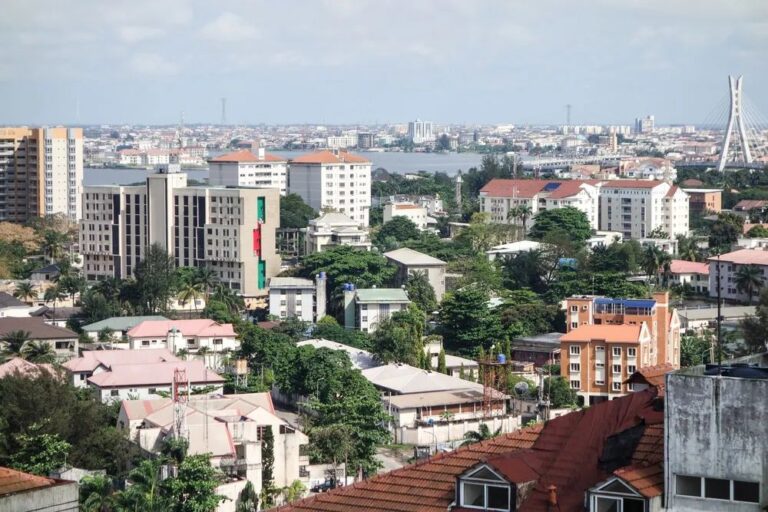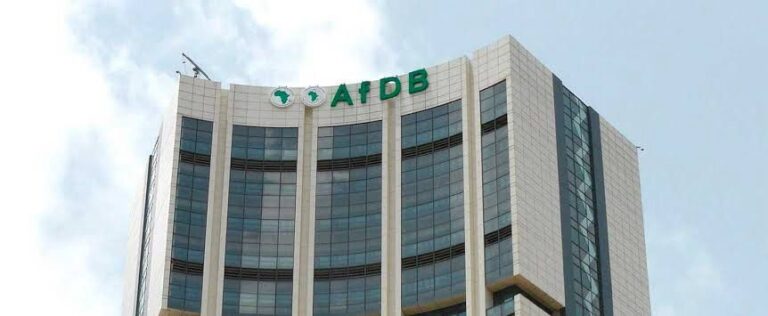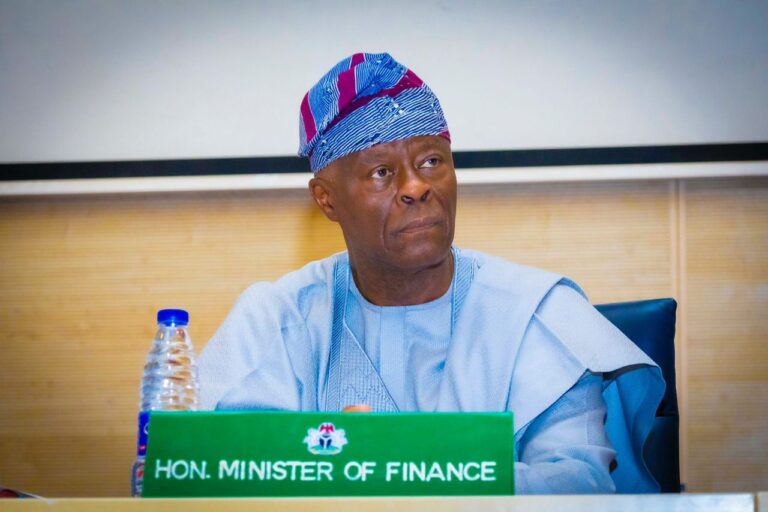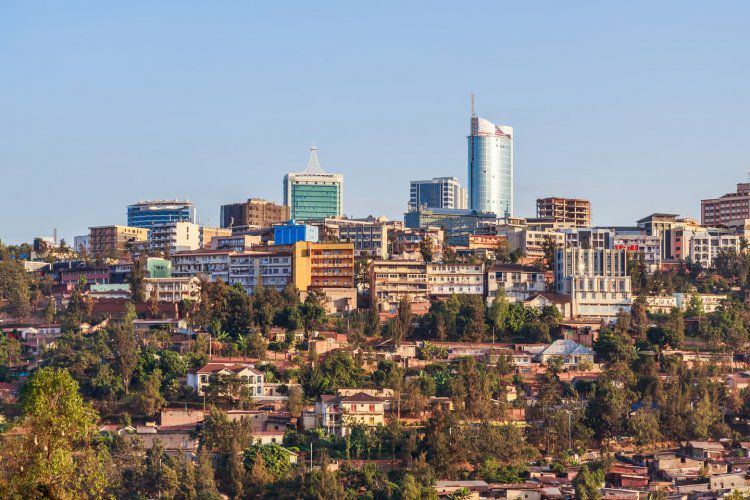South Africa’s annual consumer price inflation (CPI) edged higher in June, reaching 3.0% year-onyear, up from 2.8% in April and May. This increase brings the inflation rate to the lower bound of the South African Reserve Bank’s (SARB) target range of 3% to 6%, as reported by Statistics South Africa today.
The uptick in inflation was largely driven by higher food prices, particularly meat, with beef prices seeing a significant spike for the third consecutive month. Stewing beef, mince, and steak recorded substantial annual and monthly increases.
Meanwhile, annual rate for food and non-alcoholic beverages reached a 15-month high of 5.1% in June. Fruits (13.5%)& nuts (10.3%)and vegetables also remained in double-digit annual increases for the second straight month.
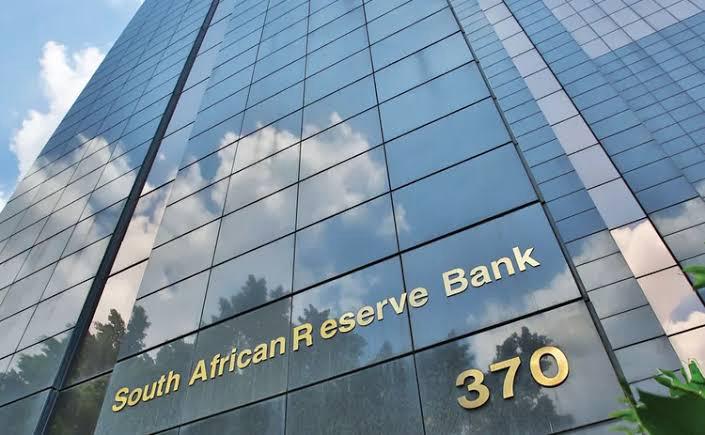
Other categories contributing to the rise include alcoholic beverages and tobacco (4.4%), health (4.6%), information and communication (1.1%), recreation, sport and culture (2%), and restaurants and accommodation services (2%). Conversely, price growth slowed for housing and utilities (4.4%) and furnishings, household equipment and maintenance (1.1%), while transport costs continued to decline, albeit at a softer pace (-3.3%).
On a month-on-month basis, the CPI increased by 0.3% in June, following a 0.2% rise in May. The annual core inflation rate, which excludes volatile items like food and fuel, slightly edged down to 2.9% in June from 3.0% in the previous two months.
This inflation data comes ahead of the SARB’s next rate-setting meeting scheduled for next week. The central bank has already cut its repo rate twice this year, including at its last meeting in May, bringing it to 7.25%.

While inflation has been near the lower end of the SARB’s 3-6% target range for nine consecutive months, the recent increase to the 3.0% mark suggests a need for caution from policymakers.
The SARB has historically emphasized its preference for inflation to be anchored around the 4.5% midpoint of its target range. However, evolving inflation landscape, particularly the persistent upward pressure on food prices, will be a key factor in the SARB’s upcoming monetary policy decisions, as it navigates between supporting economic growth and maintaining price stability.



